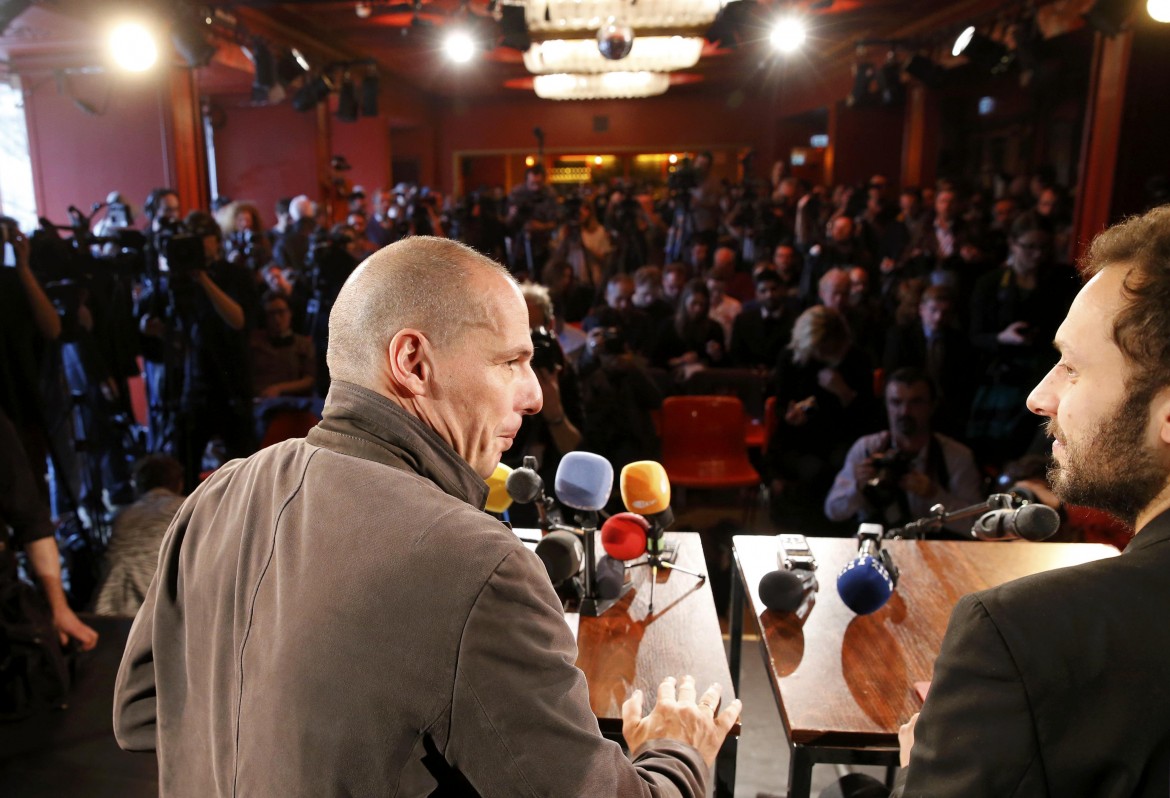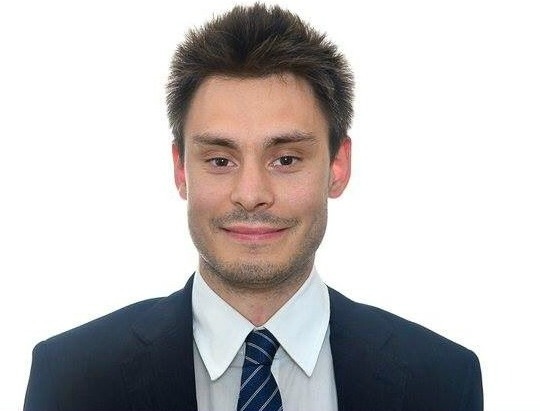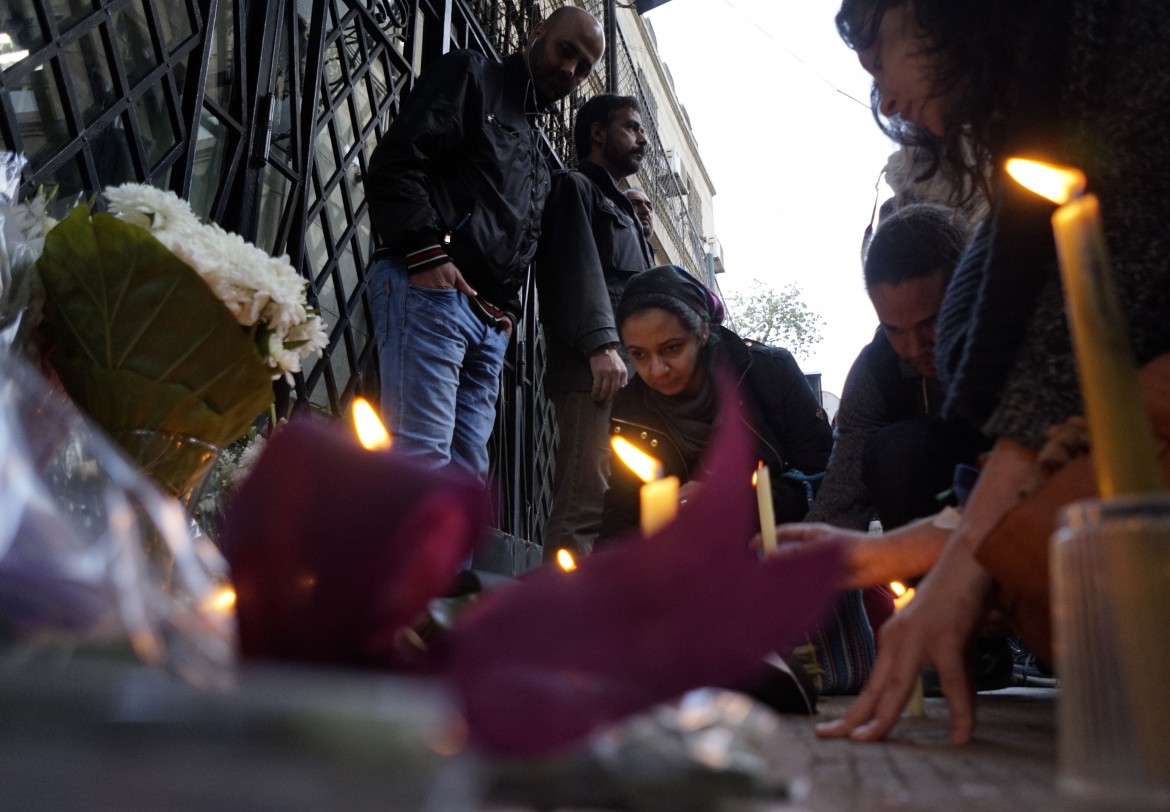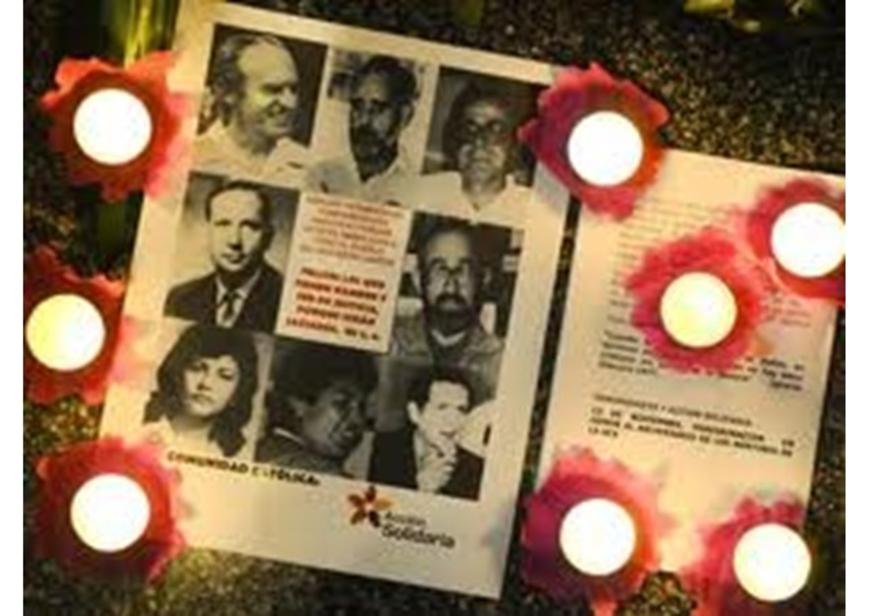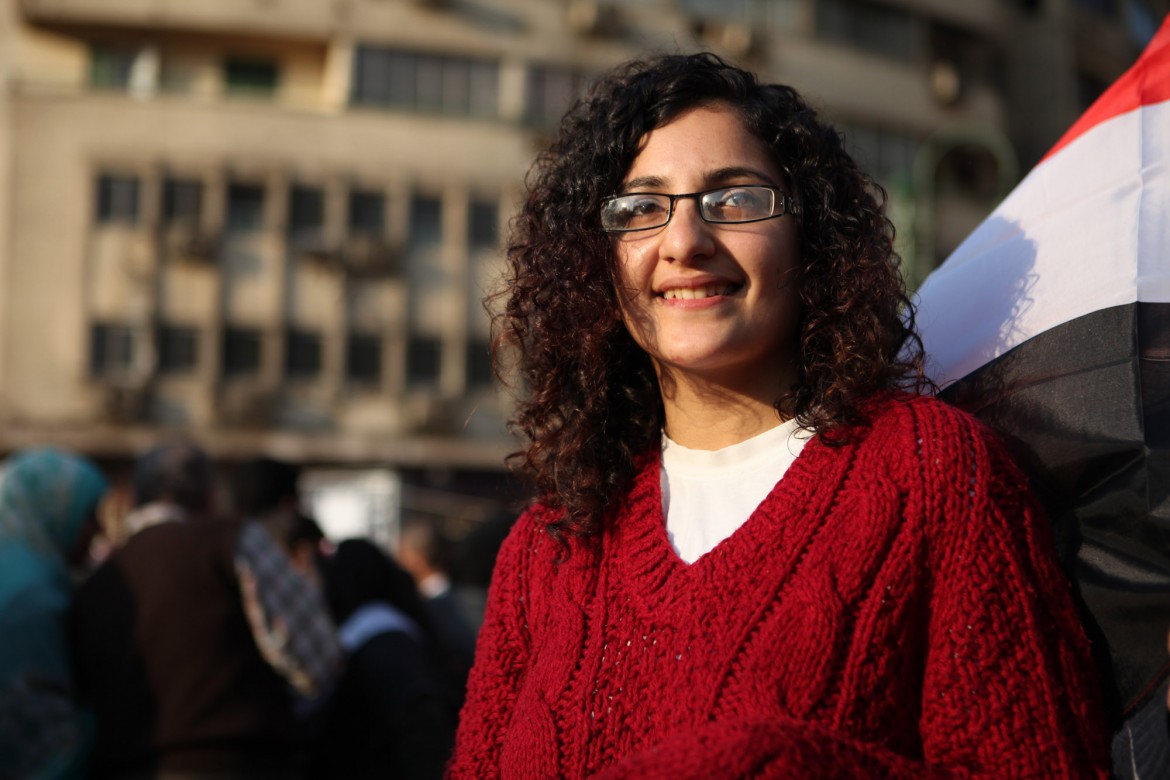He’s Arabic, unshaven, between 13 and 30, wearing a hooded sweatshirt, and he walks with a Molotov cocktail in one hand and a knife in the other. He sets cars on fire. He pulls a living through illicit trafficking or defrauding social assistance. He rapes girls in cellars, listens to fundamentalist sermons in the same cellars. Hates France, hates the French order (the white order, that is). He loves jihad. His dream: to fight in Syria alongside al-Qaeda or ISIS, before returning to France to commit attacks.
The suburban youth is the ogre of modern times.
Thomas Guénolé has provoked much debate with his new book, Les jeunes de banlieue mangent-ils les enfants? — “Do the suburban youth eat children?”
The political scientist is a professor at Sciences Po and HEC Paris, co-founder of Vox Politics and contributor to Libération, the BFMTV and Slate.fr.
He published the piece on the 10th anniversary of the largest urban revolt in French history. A decade after, his book seeks to destroy the negative myth that surrounds that society’s recurring phantom: “young people of the suburbs.”
What has changed in the last 10 years, and who are these guys really?
Little by little, over the course of the decade, racism has become a mass phenomenon in France. Ten years ago, Nicolas Sarkozy introduced into the public discussion aggressive language toward the banlieue [the suburbs], but there were other voices in the field. Today, the debate is totally dominated by the kind of tone and positions that fuel fear and anxiety, in a way completely baseless.
In fact, there are little more than 1 million young people living in the suburbs, and in 98 percent of cases they are neither “parasites” nor criminals nor belonging to criminal gangs nor followers of radical Islam.
Rather, the so-called social elevator has broken down, and only a small number of them can find a job or build a career worthy of the name, in which case they change neighborhoods, leaving the suburbs. For everyone else, it comes down to surviving amid unemployment, precarious jobs, “the art of getting by” and boredom. Or the frustration of a horizon without prospects.
In addition, there is something else that stands out: These areas have the same socio-economic characteristics of developing countries. One out of every two is young, under 30 years old, and there’s a high rate of unemployment, lack of education and a state of neglect of infrastructure.
Are the stereotypes and prejudices by which we describe these hidden youth actually a new “social question”?
For the most part, yes. When your well-being is based on the poverty of someone else, you will need to demonize the latter to justify the injustice, even to yourself. Otherwise, if one were to admit that, as in reality, the vast majority of unemployed, insecure or income-less youth in this country — namely the suburban population — are neither bandits nor profiteers and do not represent any kind of danger, then the prosperity and comfort enjoyed by the middle and upper classes would become intolerable in the face of such extensive poverty.
In this sense, the stigmatization of the suburbs is almost required for white males and adults belonging to the upper classes that control our society.
The monstrous suburban youth embody the worst of those fears: the fear of the young, the poor, the blacks, Arabs and Muslims, who threaten their homes, their possessions, their women, everything. To resolve the problem of so-called banlieue, we should break down the system of economic social and cultural segregation on which France in 2015 is based.
The sociologist Emmanuel Todd argues that despite the large, united demonstrations that followed the massacre at Charlie Hebdo, the country has actually become more divided, in particular the exclusion experienced by inhabitants of the suburbs. Do you agree?
In fact, as Todd explains, that it was a popular movement is actually a false statement. After the massacre, the middle class took to the streets and introduced itself as spokesperson for the entire nation. But in those events the youth of the banlieues, like the rest of the working classes, were poorly represented.
Specifically, the poor remain on the margins of mobility precisely because they are excluded from society and politics.
Also, a bit less than half of young people in the suburbs grew up in Muslim families, but do not go to mosques or follow the precepts — the most recent research indicates that only 20 percent of them are “practitioners.”
To participate in protests that, in many cases, could look like criticism of Islam represented something very complex. Rather, the January tragedy has had a direct impact on the perception we have of these young people: The “banlieue monster” has become the “Muslim monster.”
You describe a set of rhetorical imperatives active in this context as “balianophobie” fueled by the media, by commentators like Éric Zemmour or intellectuals like Alain Finkielkraut, leading a campaign against the supposed “decadence” of France.
With the term balianophobie, I wanted to describe the mix of fear and hatred of the suburban youth that seems to characterize our middle class, our information system, our cinema but also the country’s elite. It is always the replacement of reality with the cliché that inspires fear and anxiety.
I think of films such as The Intouchables, in which Omar Sy plays a suburban kid who becomes a gangster, or the words of Finkielkraut that even at the time of the 2005 revolt evoked the “jihadism” behind the protests — he who in ’68 was on the side of those who threw stones at police.
The problem is that the ideas of reactionary intellectuals seem to have become hegemonic in France today.
It is the fulfillment of a journey that began in the aftermath of Sept. 11 and became increasingly aggressive. The questioning of the grandeur of the country due to the economic crisis and other geopolitical factors and the impasse of the republican model, created a favorable environment for speeches based on suspicion and scapegoating. The youth of the suburbs seem destined to embody this threat, “the other” par excellence.
- Originally published in Italian at il manifesto on Oct. 31 2015


